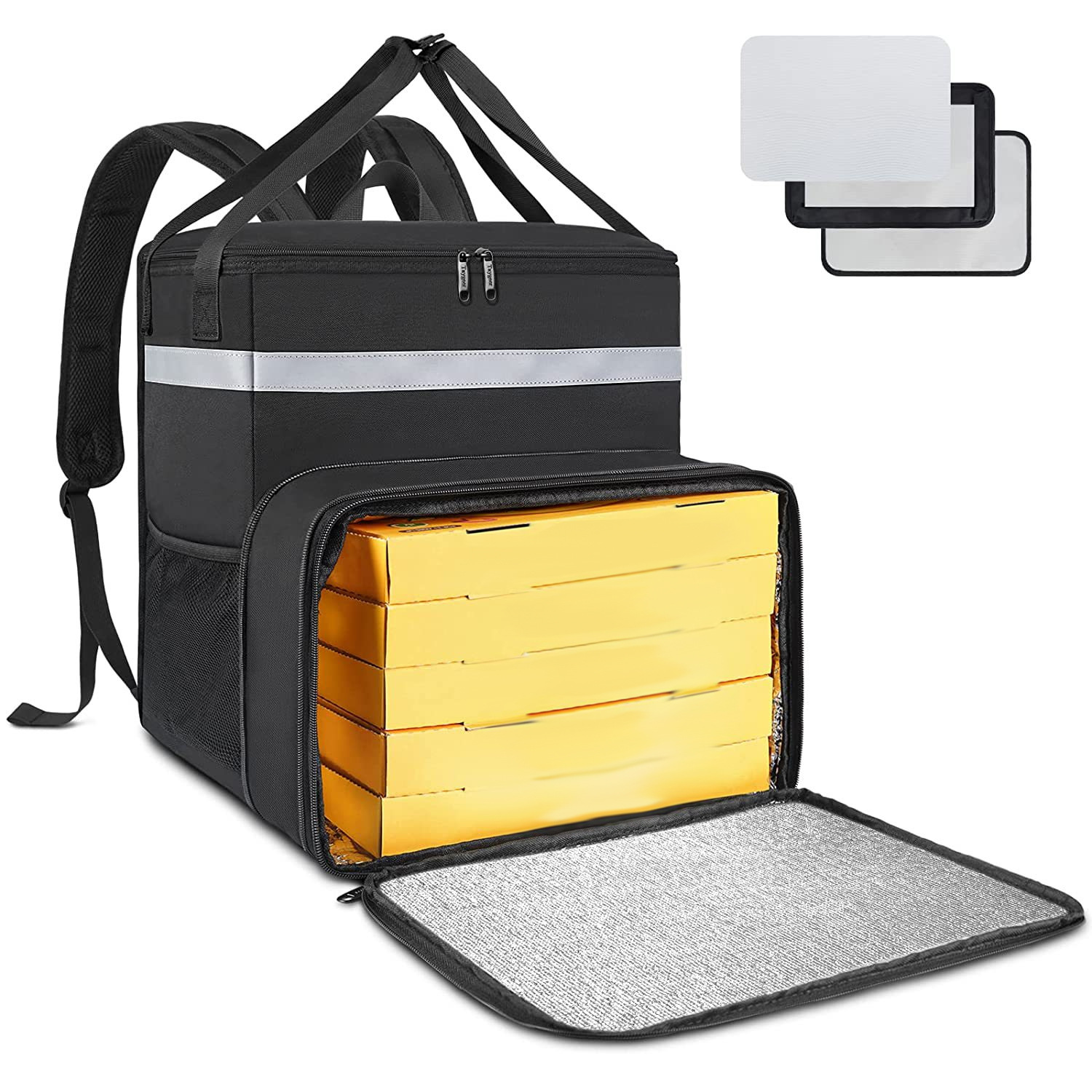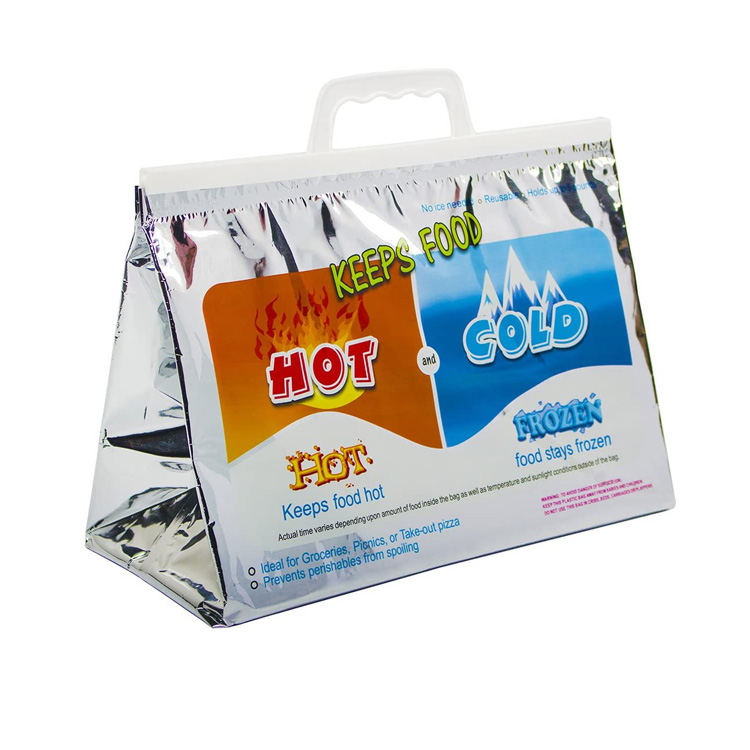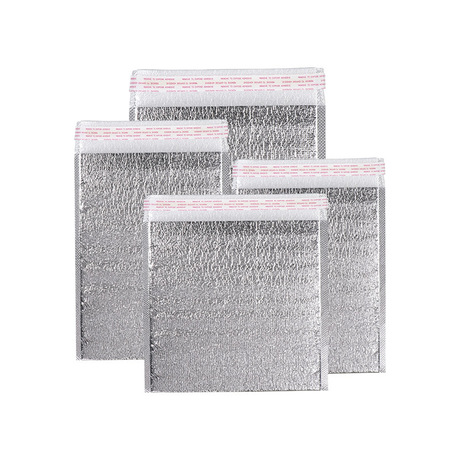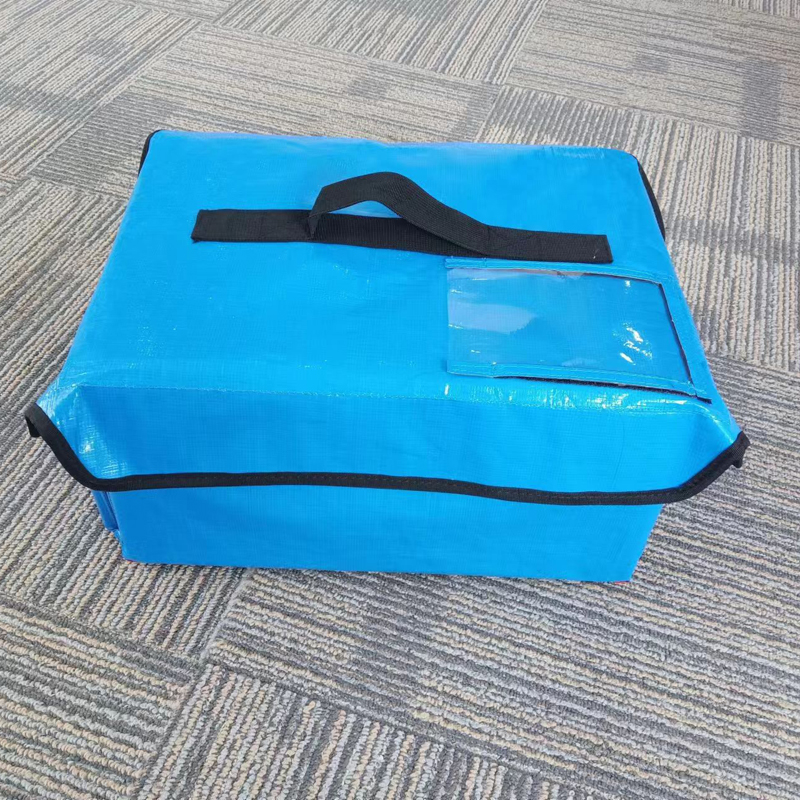Chilled meat products have become an essential part of the diet in China, favored for their tender texture, good taste, high nutritional value, and safety. From 2015 to 2023, the revenue from meat in China’s fresh cold chain logistics industry has shown a year-on-year increase, with a compound annual growth rate of 16.9%, consistently holding a leading position in total revenue. According to China’s Food Safety Law, strict control is applied to 127 standards for meat, with cold chain transportation playing a crucial role.
I. Regulations and Precautions for Meat Transportation
To ensure the quality and safety of meat and meat products during commercial logistics, the General Administration of Quality Supervision, Inspection, and Quarantine of China, along with the National Standardization Management Committee, issued the national standard GB/T 21735-2008 “Logistics Specifications for Meat and Meat Products” on May 7, 2008, which has been in effect since December 1, 2008. This standard outlines the logistics process for low-temperature meat products, including storage, transportation, and retail, emphasizing the importance of maintaining proper temperatures to ensure meat quality. Compliance with these standards highlights the importance of an appropriate transportation plan.
II. Challenges in Meat Transportation
The main challenges in meat transportation are the tight timeframes and difficulty in temperature control. There are two types of meat commonly sold: “fresh meat,” which is slaughtered and sold quickly, and “chilled meat,” which is usually found in supermarkets after being acidified and refrigerated. Common packaging methods include oxygen-permeable tray packaging, vacuum packaging, and modified atmosphere packaging, all of which require strict temperature control during transportation. Long-distance cold chain transportation, both domestically and internationally, remains in an exploratory phase, with the challenge of maintaining the cargo hold temperature between 0-5℃ for long periods requiring ongoing technological efforts. Thus, most meat products, whether imported or sold over long distances through e-commerce platforms, are typically transported frozen at around -18℃.
III. How to Choose the Right Meat Transportation Plan
Meat products, after slaughtering, acid removal, and cutting, need precise temperature control during pre-cooling, storage, and logistics. The common practice is to check if the core temperature of the slower-cooling hindquarters reaches 0-4℃ as a criterion for release, ensuring high quality upon reaching wholesalers and retailers. Post-production, refrigerated transport vehicles and insulated packaging materials must maintain a constant low temperature, minimizing temperature fluctuations. Additionally, temperature monitoring equipment and systems are essential to track temperature changes during transport, allowing for timely interventions when necessary.
The critical challenge in the logistics of meat products, from production to retail to the consumer, is temperature control. So how can this process be effectively managed?
- Packaging As mentioned, the three common packaging methods for meat products vary in cost and are suitable for different scenarios. The basic principle is to maintain a stable low-temperature environment using highly insulative materials like cooler boxes, cooler bags, ice packs, ice boxes, foam boxes, and dry ice. These materials can be combined or used individually, depending on transport distance and time, to ensure that meat products remain within legally required storage temperatures throughout the entire logistics process, guaranteeing product quality in line with national food safety standards.
- Transportation Methods Common cold chain transportation methods include refrigerated transport, air freight, and sea freight. Refrigerated trucks, equipped with advanced refrigeration equipment and temperature monitoring systems, are the primary means for transporting meat and seafood products, maintaining a constant low temperature throughout the journey. For long-distance transport, especially internationally, air freight is an efficient choice, shortening transit times and reducing the risk of temperature fluctuations, though it is more costly. Sea freight containers are suitable for large-scale import and export over long distances. Regardless of the cold chain transportation method chosen, meticulous temperature control measures and planning are essential, necessitating the expertise of a logistics provider who can develop a comprehensive transportation plan for you.Additionally, during the cold chain logistics process from the slaughterhouse to distribution centers and fresh food supermarkets, the distance between distribution centers and supermarkets is often short. In such cases, using refrigerated trucks may be unnecessarily costly, so various insulation materials such as cooler boxes, cooler bags, ice packs, ice boxes, and foam boxes may be more appropriate. A logistics expert who can tailor a low-cost cold chain packaging and transportation solution to your needs will be invaluable.
IV. How Huizhou Does It
If you partner with us, Huizhou Industrial will provide you with a custom cold chain packaging and transportation solution for your meat products, ensuring that your products maintain the highest quality and safety throughout the transportation process until they reach your customers. Here’s our recommended approach:
4.1 Pre-Treatment and Packaging
- Vacuum Packaging: For fresh meat, vacuum packaging effectively isolates the product from air, reducing bacterial growth and keeping the meat fresh.
- Insulation Materials: To maintain a low-temperature environment, using cooler boxes with ice packs or ice boxes is common practice. Considering cost, foam boxes with ice packs or ice boxes can also be used, or our cooler bags with ice packs or ice boxes. Our Huizhou ice packs come in refrigerated and frozen varieties, with different insulation durations. They are available in various materials, including non-woven fabric that prevents condensation from contaminating the product’s packaging. The ice packs and boxes come in different sizes to suit the characteristics, size, and space of your product, ensuring its quality and safety. We also offer tray covers that wrap the entire meat product rack more efficiently than other insulation methods. Suitable combinations can ensure that your meat products maintain a temperature of 0-4°C during long-distance transport. Moreover, all the insulation materials mentioned are available in reusable types, offering environmental benefits, durability, cost-effectiveness, and temperature control.
4.2 Temperature Control
- Refrigerated Transport: For long-distance transport, we use refrigerated trucks with temperature control systems to ensure stable temperatures within the appropriate range. For short-distance transport, regular trucks may be an option if the product packaging is well-insulated, ensuring the quality of the meat products.
- Temperature Monitoring: We install high-precision online thermometers in each cooler box transporting meat, continuously monitoring and recording temperature changes during transit to ensure the temperature stays within the set range and complies with meat food safety standards.
4.3 Rapid Transportation
- We will select the shortest route and fastest transport method to reduce transit time, thereby lowering the risk of spoilage.
- Ensure that all packaging materials meet food safety standards, and thoroughly clean and sanitize vehicles and packaging before and after transport to maintain compliance and hygiene.
- Implement a tracking system for the cargo, allowing full traceability from origin to destination, with the ability to quickly identify and address any issues.
4.4 Customized Delivery Solutions
- We will provide personalized delivery services based on your specific needs (such as delivery frequency, quantity, and special requirements), ensuring service quality.
- Develop contingency plans to swiftly adjust in case of transport delays or equipment failures, ensuring meat quality is not compromised.
- Provide food safety training for transport and delivery personnel to ensure they understand the correct procedures and hygiene standards.
By adopting the measures outlined above, Huizhou can greatly enhance the freshness of your meat products during transport, ensuring the final quality and taste meet your customers’ health and safety needs. Our cold chain packaging products are used in major fresh food supermarkets across China and are customized for leading logistics providers and pharmaceutical manufacturers. We believe your discerning choice will be the same as theirs: choose Huizhou to make your products stand out in the industry.





















